"How will Hungarian sport be represented on the occasion of the millennium and the millennium exhibition?" The question was asked in a voluminous letter by a writer requesting anonymity, a certain "Arator" in the 9 June 1895 issue of the Sport-Világ. We didn't have to wait long for an answer, because two weeks later the newspaper reported that Ministerial Adviser József Schmidt, the Millennium Exhibition Director, had invited all the sports associations of Hungary and on 15 June 1895 the Millennium Sports Committee was formed.
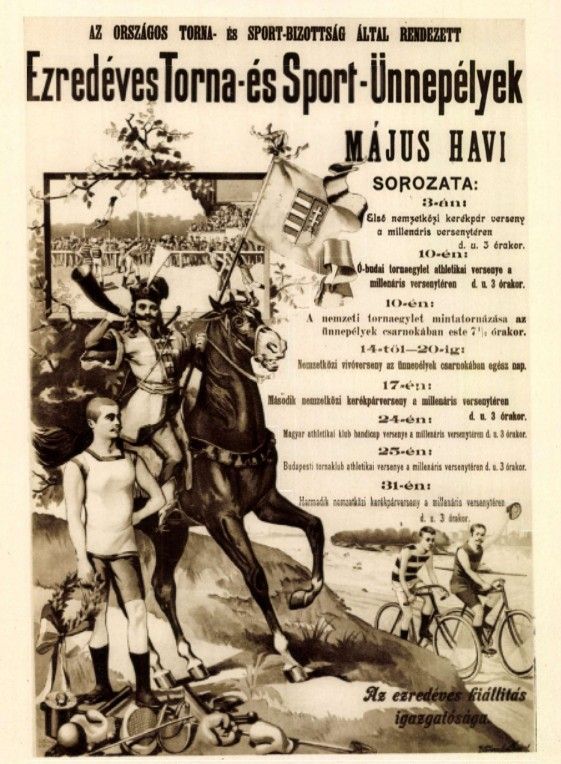
Poster for the Millennium Sports Events (Source: László Siklóssy: A magyar sport ezer éve [A Thousand Years of Hungarian Sport], Volume III)
By December, the program had already been put together, and the events included gymnastics, athletics, cycling, fencing, rowing and swimming. The only question was where to hold the most spectacular, one-week gymnastics federation competition, the two-day youth gymnastics demonstration, the eight athletics and 15 cycling competitions.
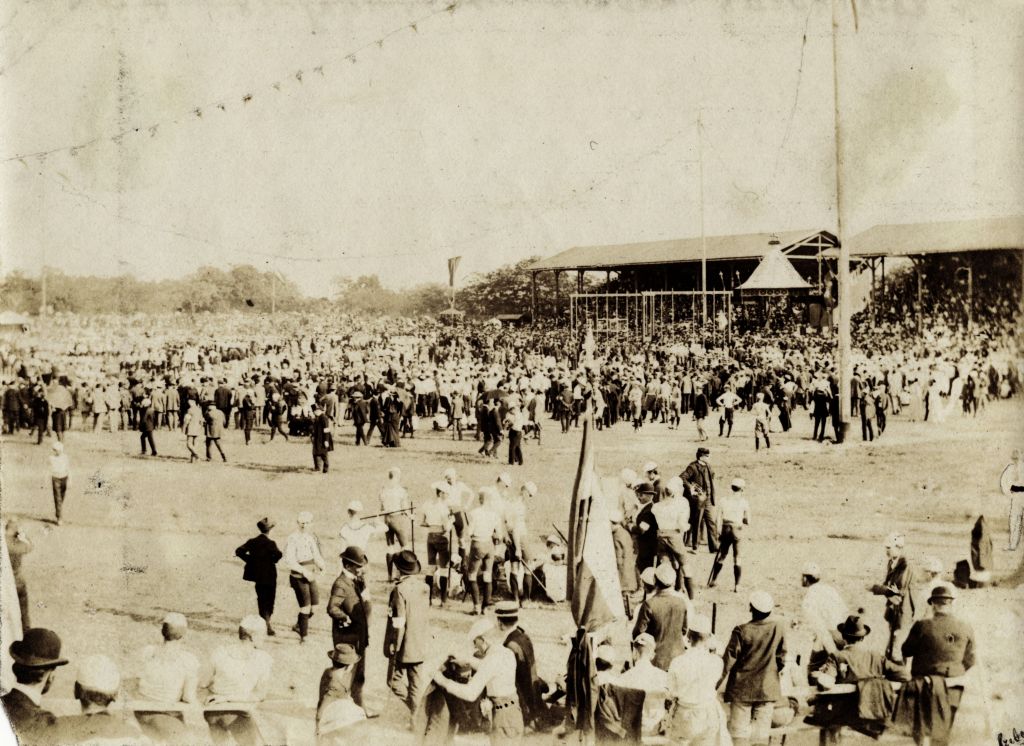
National youth gymnastics competition in 1905 at the Millenáris sports complex (Source: Fortepan / No.: 115819)
At the beginning of 1896, the capital handed over the area between Stefánia Road and the then Lóverseny Square for a token amount for a sporting event, with the stipulation that it must be returned after the events. The Millennium Sports Committee has begun construction on the section between Stefánia Road and Csömöri Road.
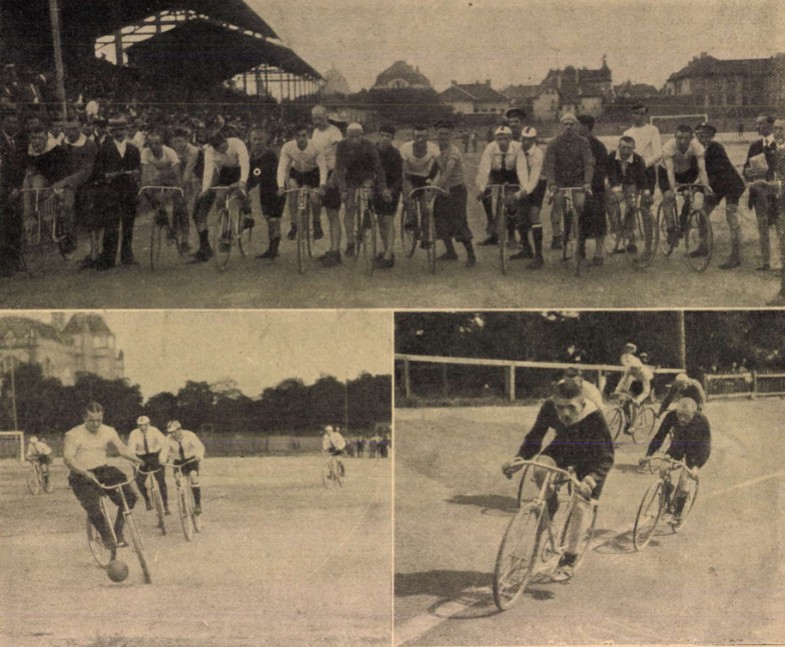
Cycling competition and demonstration in 1914 at the Mili, as the common language of Pest named the sports field (Source: Érdekes Újság, 2 August 1914)
At the request of the Hungarian Association of Engineers and Architects, Ottó Titusz Bláthy, who created the transformer a year earlier, in 1885 together with Károly Zipernowsky and Miksa Déri, also took part in the design of the cycle path, ie the velodrome. Bláthy was an enthusiastic cyclist, he liked to ride a vehicle he had built, and he was also the vice-president of Hunnia, later the Hungarian Cycling Association. Moreover, he was also a judge in the cycling race at the Millenáris.
The racetrack was scheduled to open on 10 May, but as now, construction was delayed back then too. The Sport-Világ wrote on 10 May 1896:
“They are working on the millennium race track with a hurry, although the race of the 10th and the race of Óbuda on the 14th will be cancelled, there is still a lot of work to be done to finish the track. The sitting and standing areas are divided into two parts according to the entrances. For one part, the entrance is from the Csömöri Road, this is the right side, then in the middle the magnificently furnished royal pavilion, and 5, comfortable grandstands for the audience. On this side are the lodges, 36 of them and 3,400 seats and 1,500 standing places. The entrance on the opposite side is from Stefánia Road, the parade ground for youth competitions will be here. On this side there are 3 grandstands with 2080 seats and 1500 stands. ”
Changing rooms and offices were set up under the grandstands. The newspaper even mentions that there will be "a buffet on the field, which will be provided by Egerváry."

FTC tandem cyclists on the track in 1914 (Source: FSZEK Budapest Collection)
The course finally opened on 14 May 1896, with the competition of the Óbuda Gymnastics Association and the greeting of athletes returning from the Athens Olympics. The first cycling race took place on 31 May 1896 at the velodrome, which awaited the riders with a modern tread. The 500-meter-long track had a 16.24 percent incline in the rounds to prevent riders from drifting out during a “fast bend”. When it opened, it was one of the most modern cycling tracks in Europe, with the most famous cycling stars of the age competing here in international competitions.
Although the course should have been demolished in October 1896, the sports federations banded together for its survival. After nearly a year of bargaining, the capital finally let it run until June 1990, which was then extended for another six years - to the annoyance of the residents of the area.
In addition to the spectacular cycling competitions, the track owed its popularity, among other things, to the fact that on 31 October 1897, the first public international football match was held here in Hungary. The Budapesti Torna Club clashed with the Austrian Vienna Criquett. And despite the fact that the Olympian Alférd Hajós was a member of the Hungarian team, BTC lose 2-0 to the more experienced Viennese.
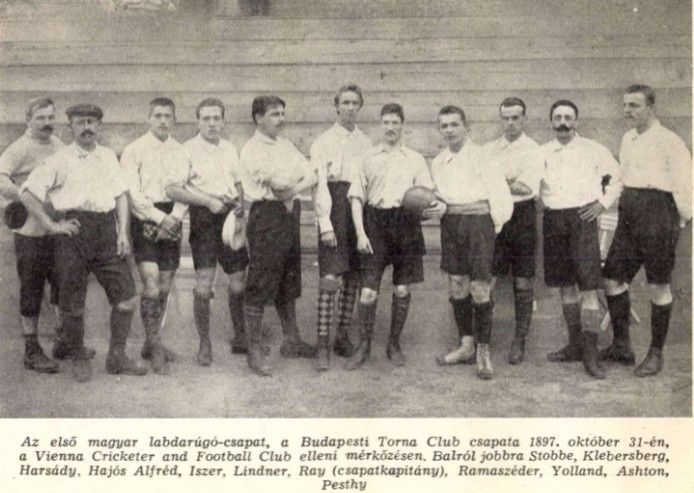
The first international football match was held on the Millenáris sports field in Hungary in 1897. Olympian Alfréd Hajós was also a member of the team, who later took part in the transformation of the sports field as an architect (Source: Alfréd Hajós: Így lettem olimpiai bajnok [How I became an Olympic champion])
However, the defeat did not break the sport's "career" in Budapest at the time, and more and more people played it. Due to the bicycle tax introduced by the capital in 1899, many people gave up the two-wheeled sports equipment and started playing football, as no such additional costs were incurred there. The bike paths were closed one after the other, by 1905 the only remaining velodorm was in the Millenáris.
And football matches attracted more and more paying spectators to the field, which caused disagreements within the sports federation as well. Finally, the Mili, as the sports complex was called in the common language of Pest at the time, was “outgrown” by football in 1911, and most of the matches were held elsewhere. As a result, revenues decreased, but maintenance costs increased. It was suggested several times that the track would be closed, and then in 1915 the capital bought back the facility from the Budapest Racetrack Association. It became the sports and play park of the Budapest schools under the name of Székesfővárosi Millenáris Sporttelep, and a swimming pool was established in the area during the time of István Bárczy.
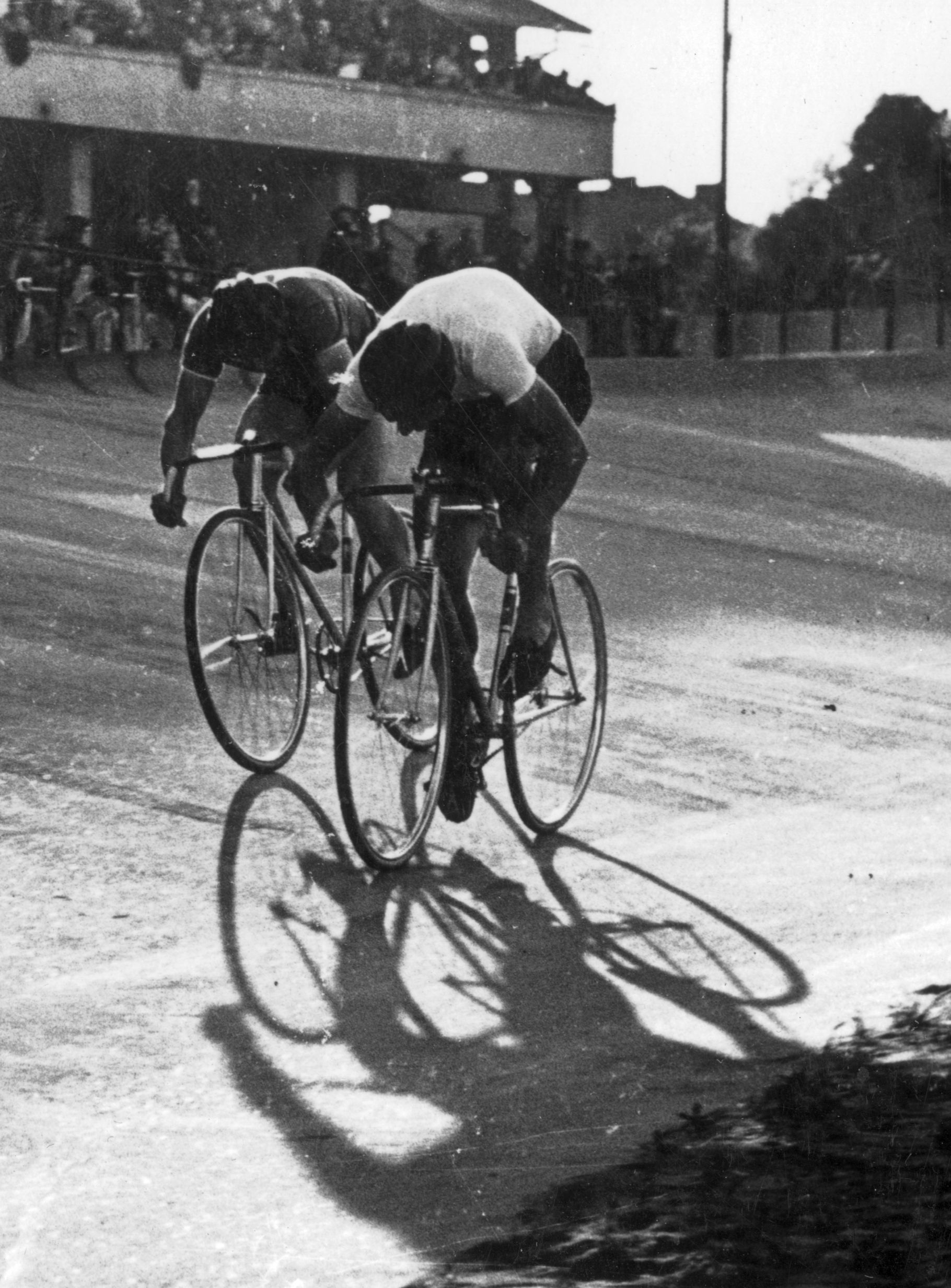
The races in the velodrome were organized one after the other, the recording was made in 1939 (Source: Fortepan / No.: 18342)
After the war, in 1921, the football field and athletics field were renovated, but there was no money left for the velodrome. As the asphalt of the track became more and more cracked, the turns sank, while the Hungarian Cycling Association worked to organize a world championship for Hungary. Their work was successful, by 1928 Hungary had the right to organize the champhionship. The competition was held at the Millenáris Velodrome, to the great sorrow of the people of Újpest. In Újpest, seeing the deterioration of the Zugló track, a bicycle track was built for 2 billion crowns in 1924, and it was hoped that it would be the venue for the world competition. But the international federation decided otherwise.
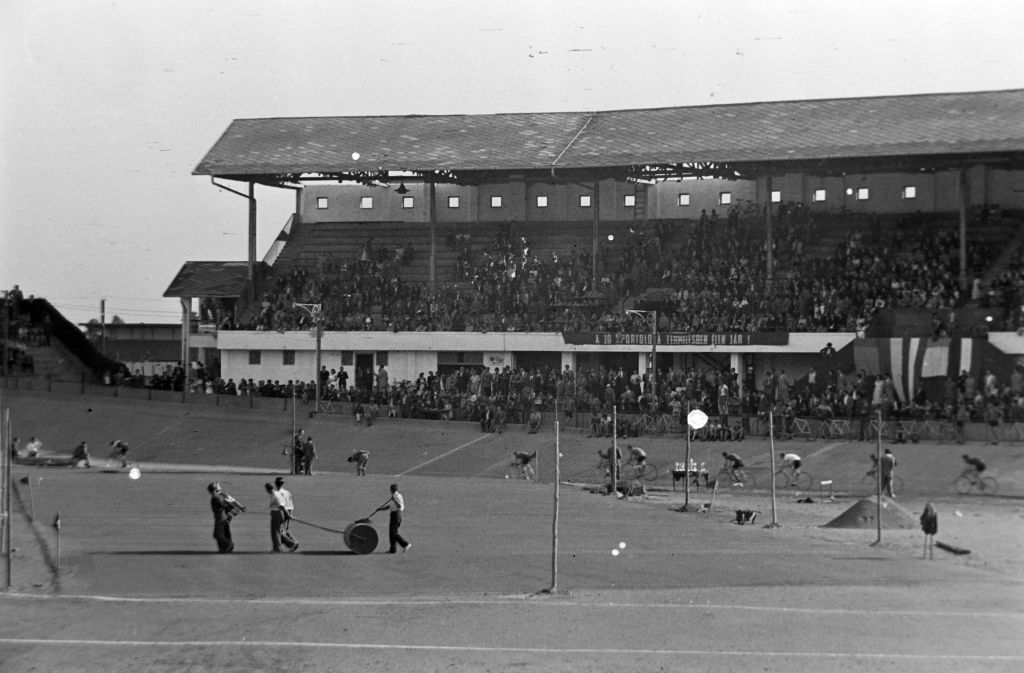
The closing day of the Tour de Hongrie cycling race at the Millenáris in 1949 (Source: Fortepan / No.: 33238)
Thus, in October 1927, the transformation began on the Millenáris according to the plans of architect Alfréd Hajós and engineer Aladár Mattyók. The experience of the riders was also taken into account when designing and building the reinforced concrete bike path: the angle of inclination was 12 degrees in the straights, 38.91 degrees in the rounds, and it was possible to go at a speed of 100-110 kilometres per hour. It was at that time the most modern racetrack in Europe, an early example of sports facilities built worldwide after World War I.

When the sports field was remodeled in 1927, Millenáris Beach was also built with a 33-meter pool, which they later wanted to expand to 50 meters. The recording was made in 1931, with the pool in the background (Source: Fortepan / No: 148199)
The Millenáris sports complex, which then belonged to the Budapest Sports Association, reopened in July 1928. On 22 July 1928, the Nemzeti Ujság reported on the event as follows:
“The capital has become richer with a new, modern sports complex. This sports complex is the popular BSE. Szabó József-Street Sports Complex of the "Budapest" Sports Association, , which was completed in the area of the old Millennáris overnight, so to speak, and where the best cyclists from Europe and the world will run the 1928 "world" championships in August. "
The World Cycling Championships were attended by 17 countries between 15-20 August 1928, held on the most modern track in Europe at the time. Unfortunately, despite the advantage of the home field, there was no Hungarian victory.
For a while after the transformation, Mili got a new impetus again. They organized sports events and swimming courses. But the financial difficulties intervened again, and in 1936 the BSE departments did not hold any training sessions on the field, so the capital took the field back again.
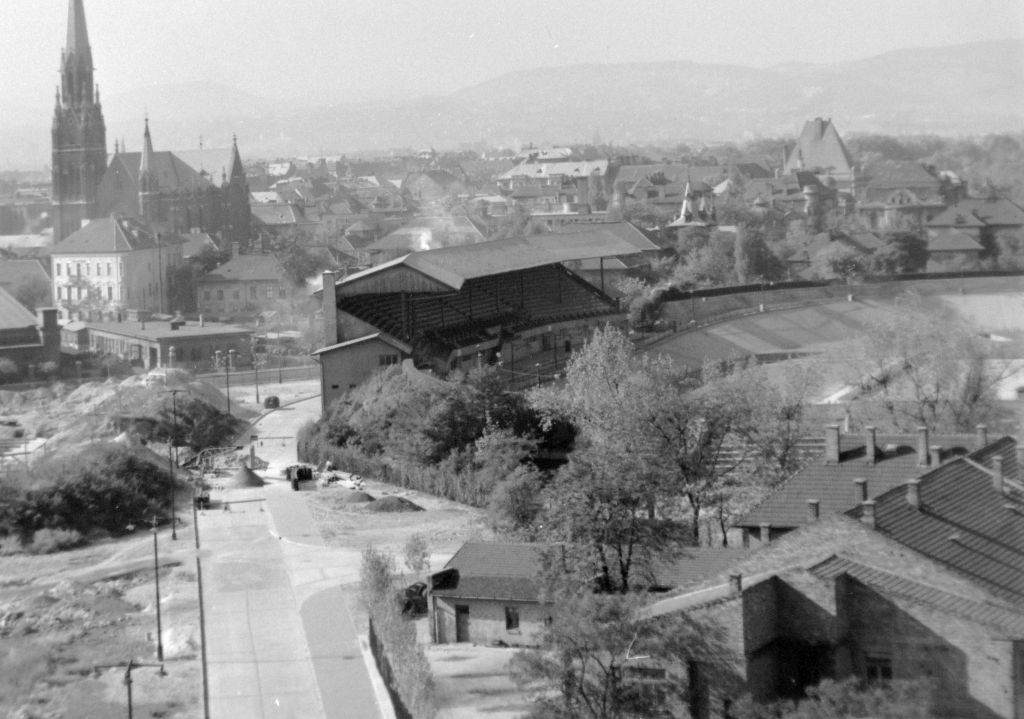
The sports field in 1954 (Source: Fortepan / No.: 9280)
Before World War II, the bike races were watched by tens of thousands of spectators, but as conscripts arrived in the army, so did the number of athletes and spectators decrease. During the war, several bomb hits and shots hit the grandstands, the concrete hollow of the track, which was restored by the funding of riders and spectators on their own, and on 1 May 1945, the first post-war cycling race was held here.
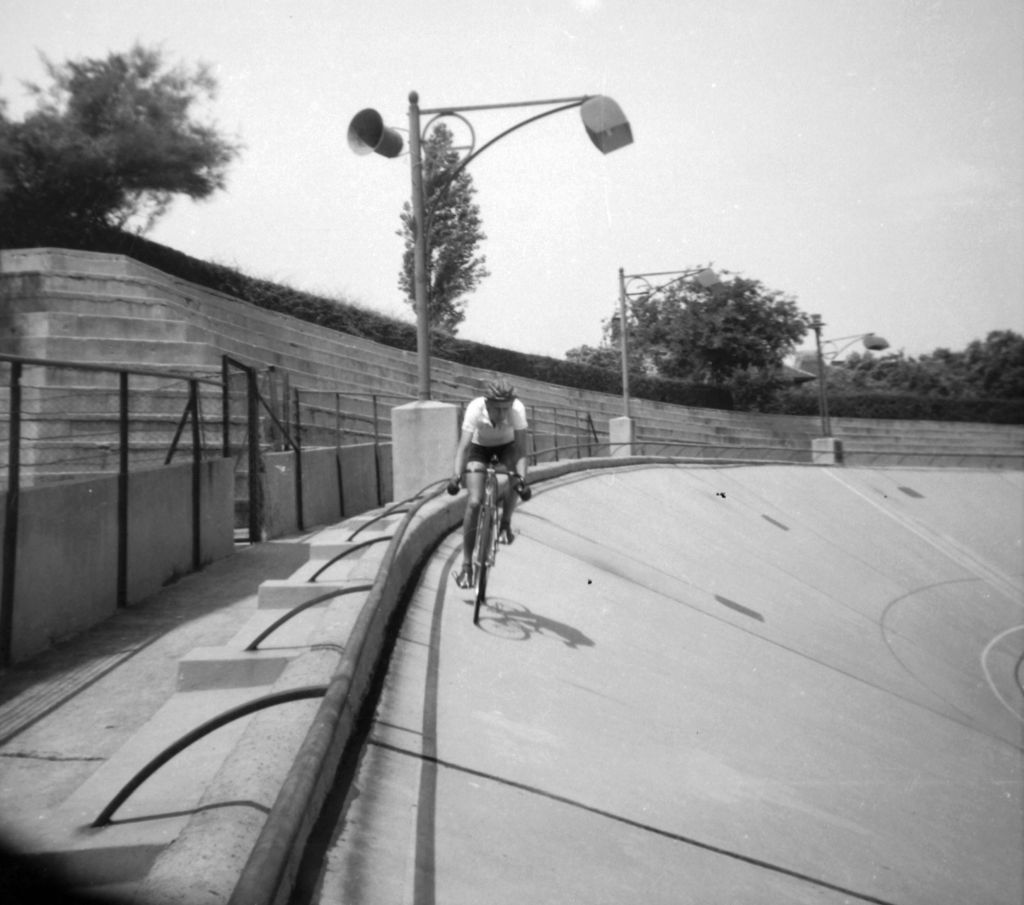
The velodorm was rebuilt in 1954, the recording was made in 1958 (Source: Fortepan / No.: 28534)
It seemed that the Mili would be filled again by international competitions, as the World Cycling Championships of Tertiary Education were held in 1949, and in the same year the field even hosted a Davis Cup tennis match.
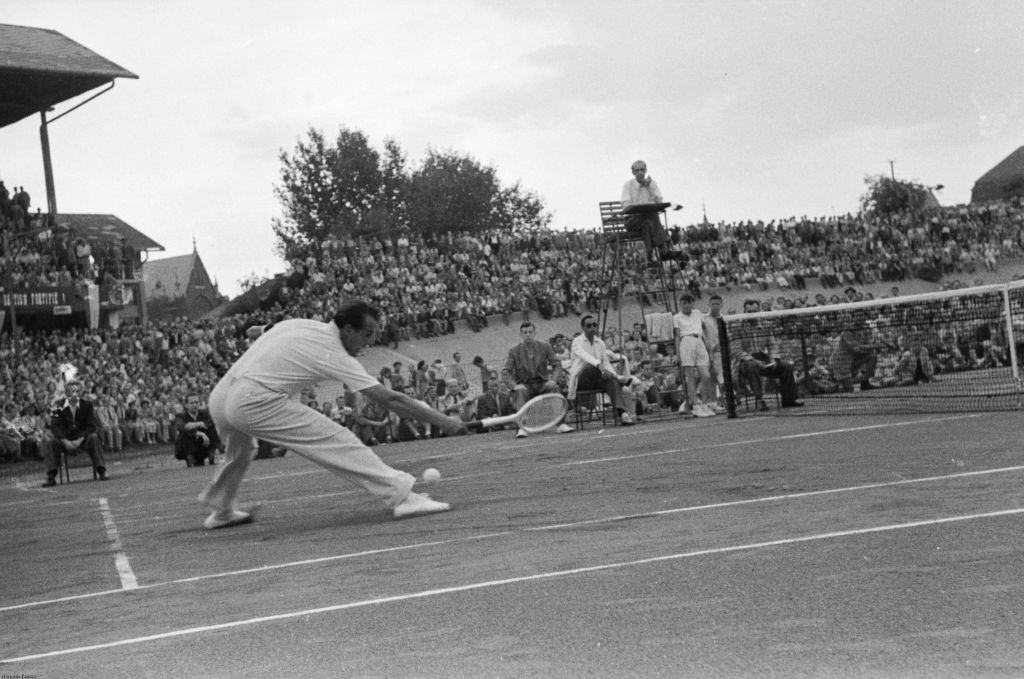 Davis Cup match at the Millenáris in 1949 (Source: Fortepan / No.: 33512)
Davis Cup match at the Millenáris in 1949 (Source: Fortepan / No.: 33512)
Five years later, in 1954, the World Cycling Championships of Tertiary Education were here again. This year, the velodrome was remodeled and modified: by this time, it had a length of 412 meters, an angle of inclination of 11.6 degrees, and 36.6 degrees in rounds. However, this was not in line with international regulations, so no more world cycling competitions could take place at the Millennium Velodrome.
Reconstruction and refurbishment of the track has come up several times in recent years, but this is yet to come. Until then, athletes with a competition license can cycle on the 125-year-old track, the former citadel of cycling competitions in Budapest.
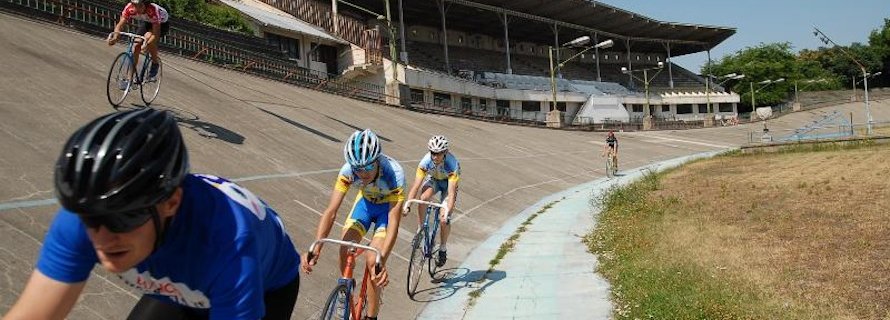 Athletes with a racing license can ride in the 125-year-old velodrome today (Source: National Sports Centers)
Athletes with a racing license can ride in the 125-year-old velodrome today (Source: National Sports Centers)
Cover Photo: The Millenáris sports field in the 1930s (Source: Hungarian Olympic and Sports Museum)

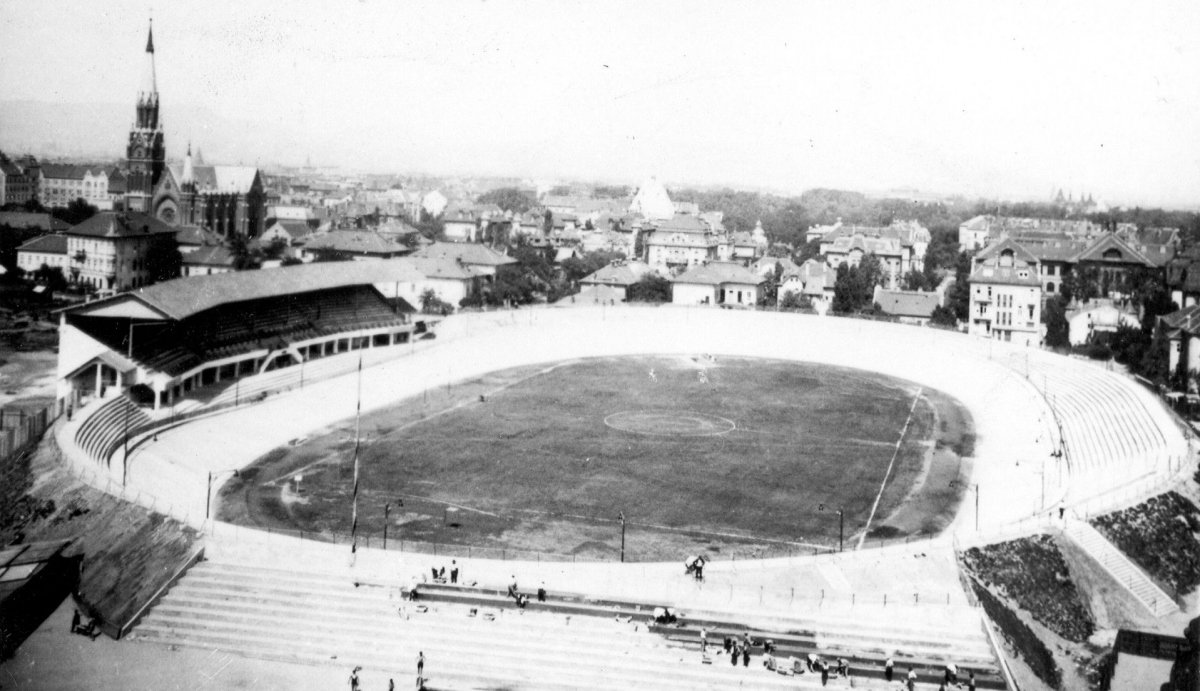
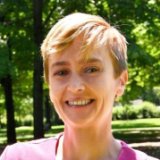


































Hozzászólások
Log in or register to comment!
Login Registration